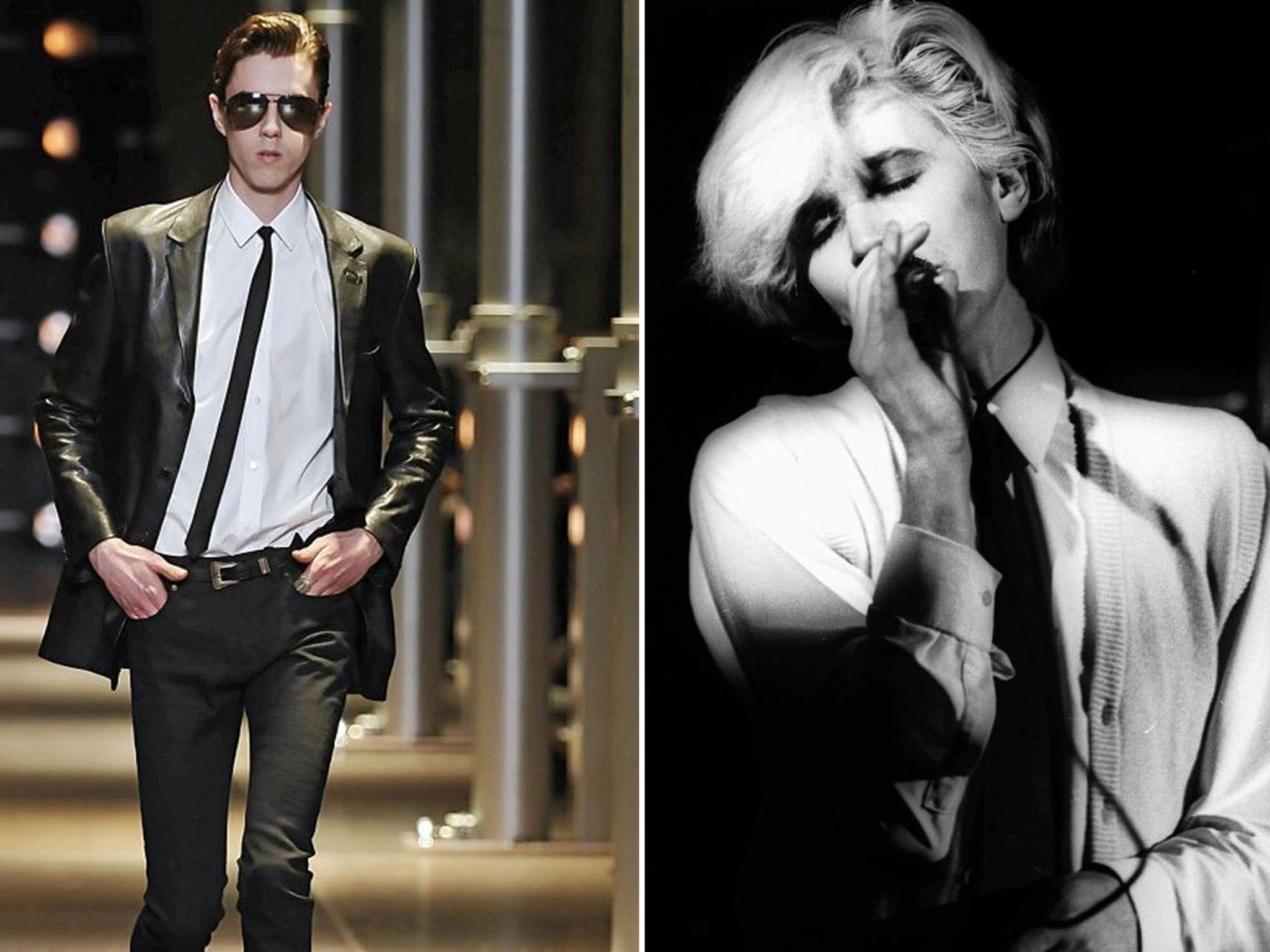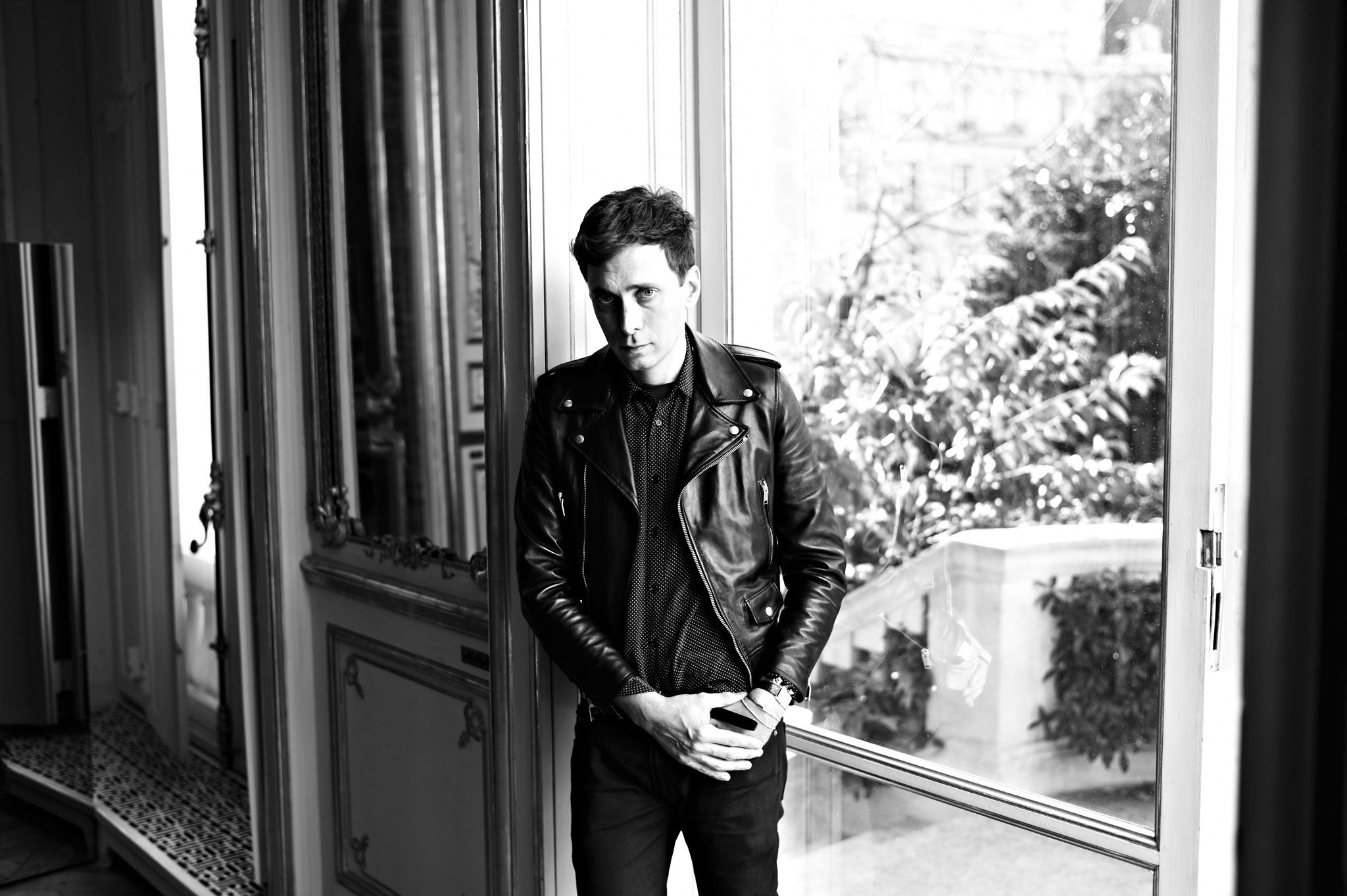Alexander Fury: The meaning of commercial in the fashion industry
Bestsellers don't have to play it safe, says our fashion editor

Your support helps us to tell the story
From reproductive rights to climate change to Big Tech, The Independent is on the ground when the story is developing. Whether it's investigating the financials of Elon Musk's pro-Trump PAC or producing our latest documentary, 'The A Word', which shines a light on the American women fighting for reproductive rights, we know how important it is to parse out the facts from the messaging.
At such a critical moment in US history, we need reporters on the ground. Your donation allows us to keep sending journalists to speak to both sides of the story.
The Independent is trusted by Americans across the entire political spectrum. And unlike many other quality news outlets, we choose not to lock Americans out of our reporting and analysis with paywalls. We believe quality journalism should be available to everyone, paid for by those who can afford it.
Your support makes all the difference.What does commercial actually mean when it comes to fashion? Well, it depends – as with so much else – on the context. Commercial is one of those words that can be positive or pejorative, can be hurled as an insult or heaped as praise. Example? Hedi Slimane's Saint Laurent, which was responsible almost solely for a 7 per cent rise in the Kering group's profits over the first half of 2014.
Regardless of the views of critics, such as myself, over the relevance, interest and overall fashion validity of the garments Slimane is creating at the label, the stuff is nevertheless shifting. Profits over the past six months jumped 26 per cent, backed by retailers, who invariably cite the label as a bestseller.
So, Saint Laurent sells. But does that mean it's worth buying? It's a question I often tend to ask about labels lauded for their commercial appeal. Not to sound like a gloom-monger, but shouldn't fashion be pushing us forward into something brave and even slightly uncomfortable? I mean psychologically, rather than physically.

Of course, that is a little at odds with the commercial. That's why, so often, designers cleave their "selling" and "catwalk" collections into two distinct halves. You may go for something so wishy-washy it barely has a flavour of the catwalk trendsetter, or opt for the designer's unsullied vision, straight-up.
But shouldn't that potent vision be what we want to buy into, if we can? Commercial is used far too often as a synonym for "safe" or "staid". Maybe desirable is the word we should be using: namely, the sort of desire that means you simply have to acquire something, regardless of the price. That would free designers up to do what they should do best: design really great clothes that we can hanker after and dream about.
Join our commenting forum
Join thought-provoking conversations, follow other Independent readers and see their replies
Comments